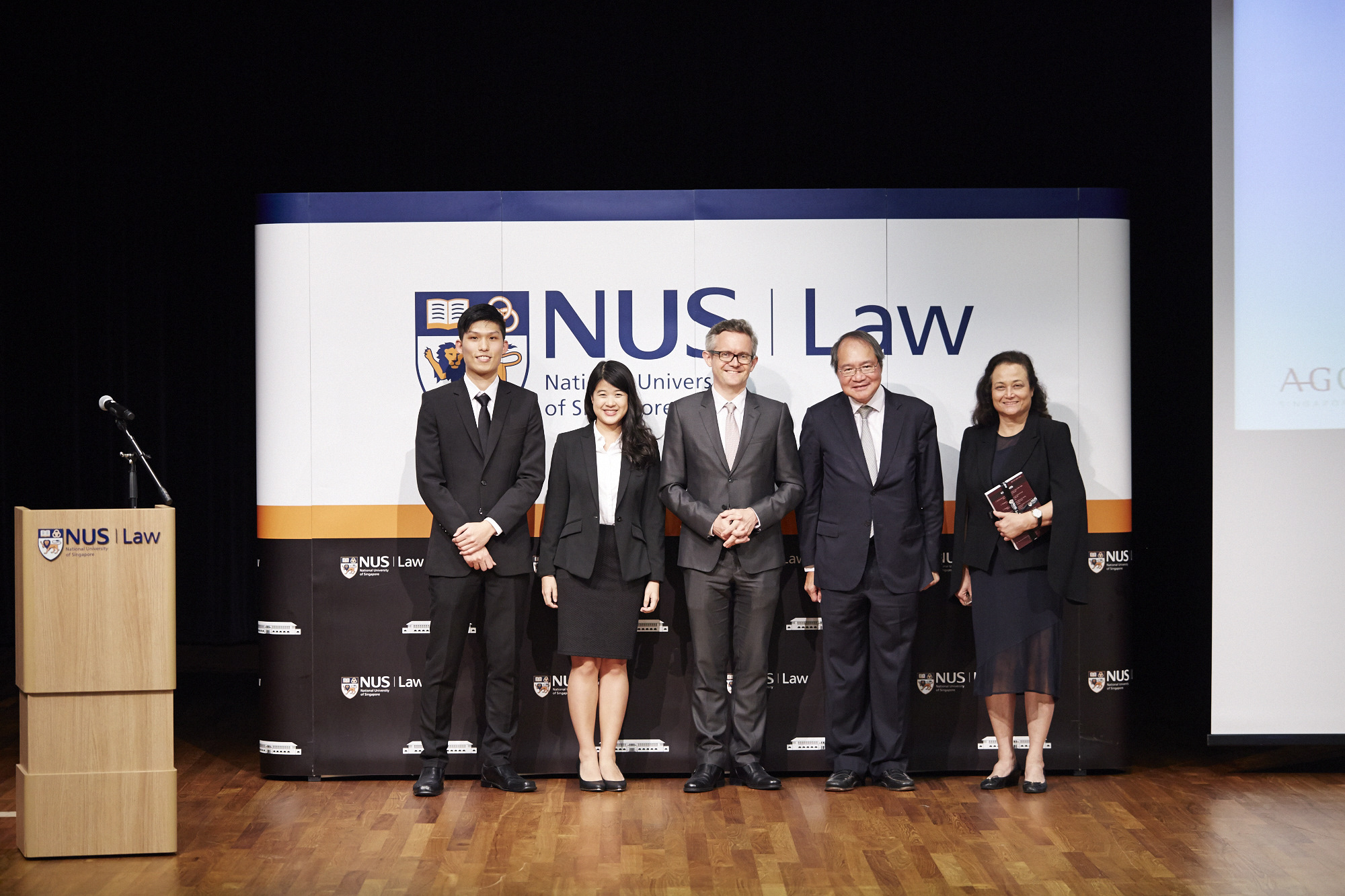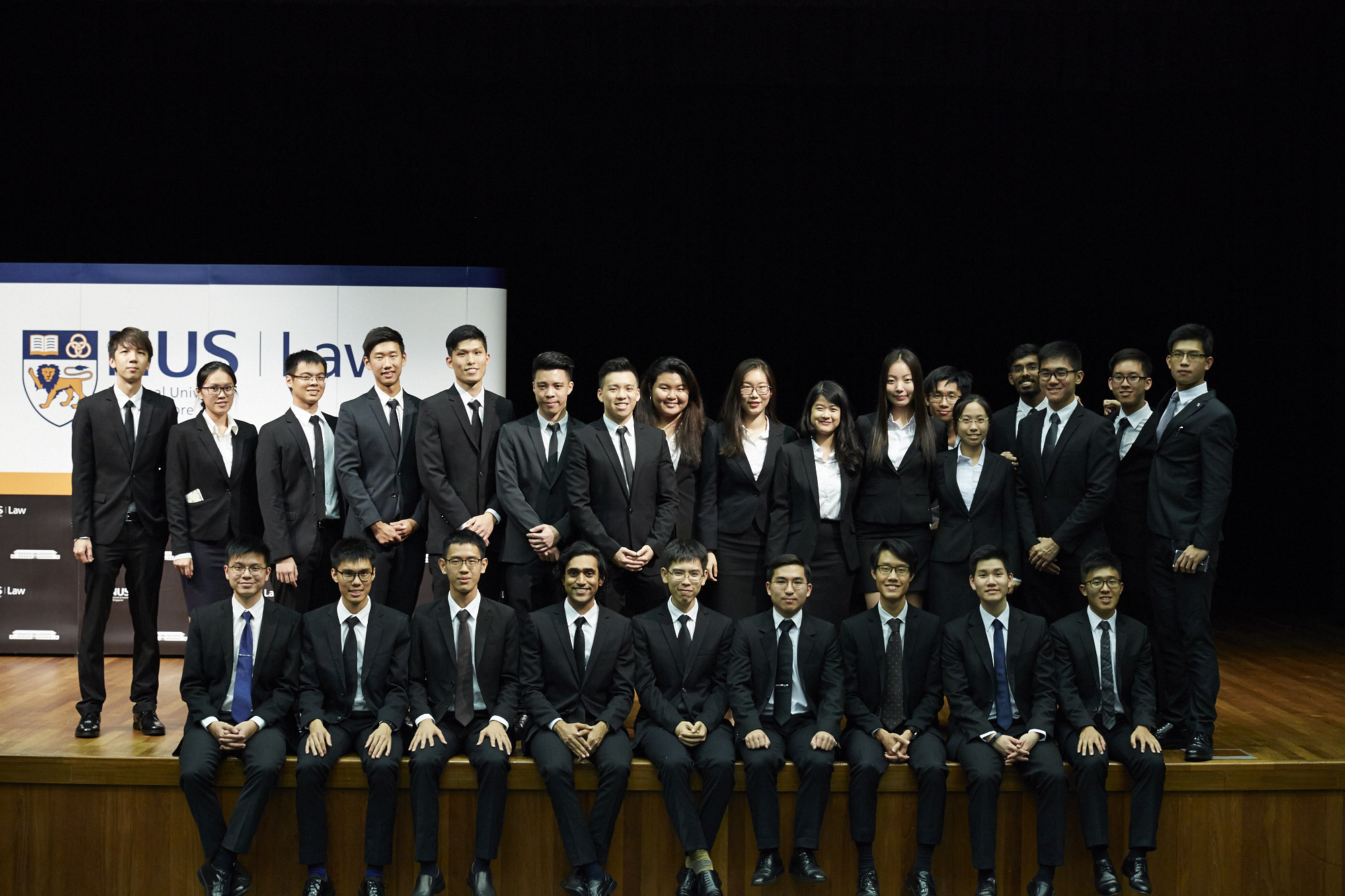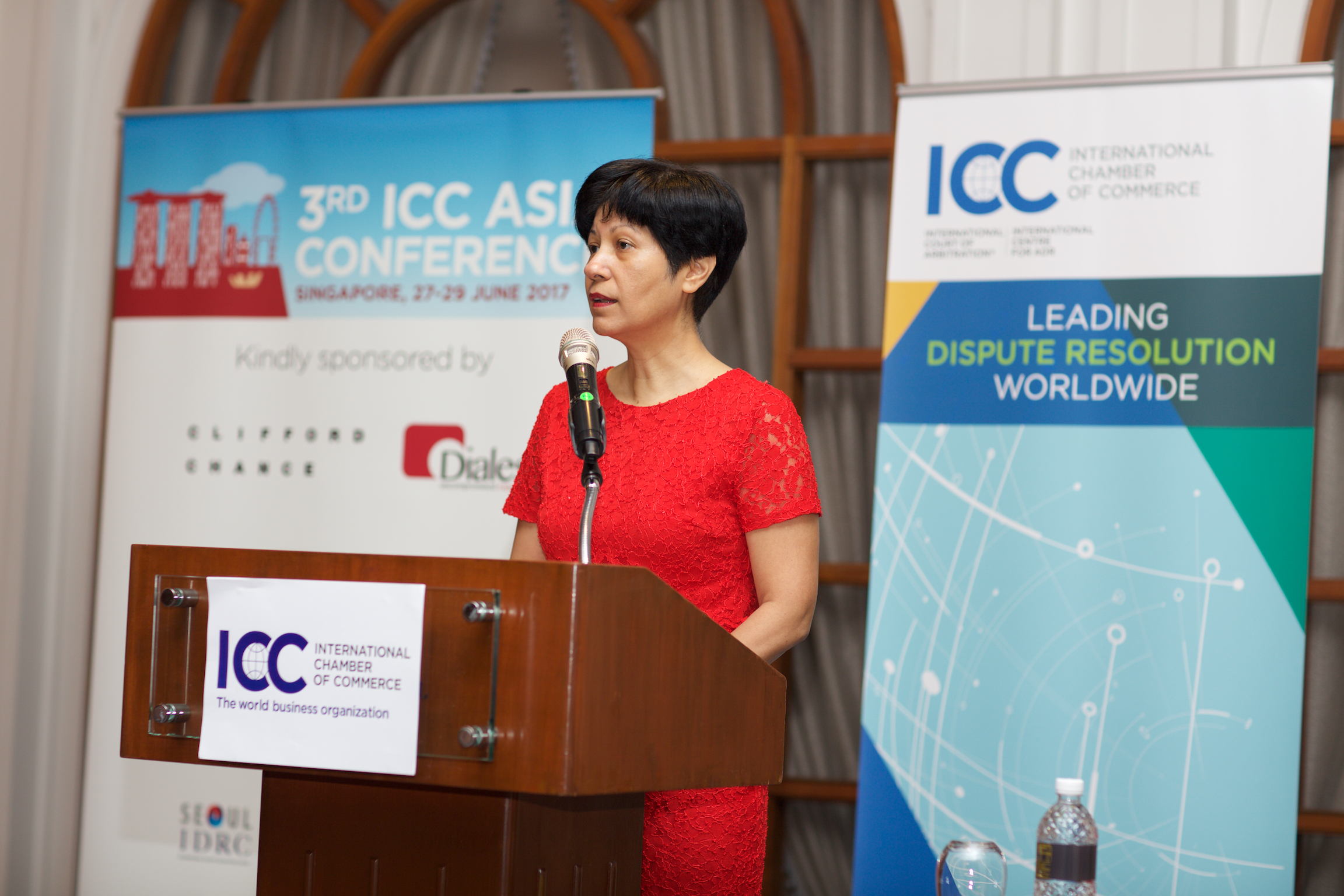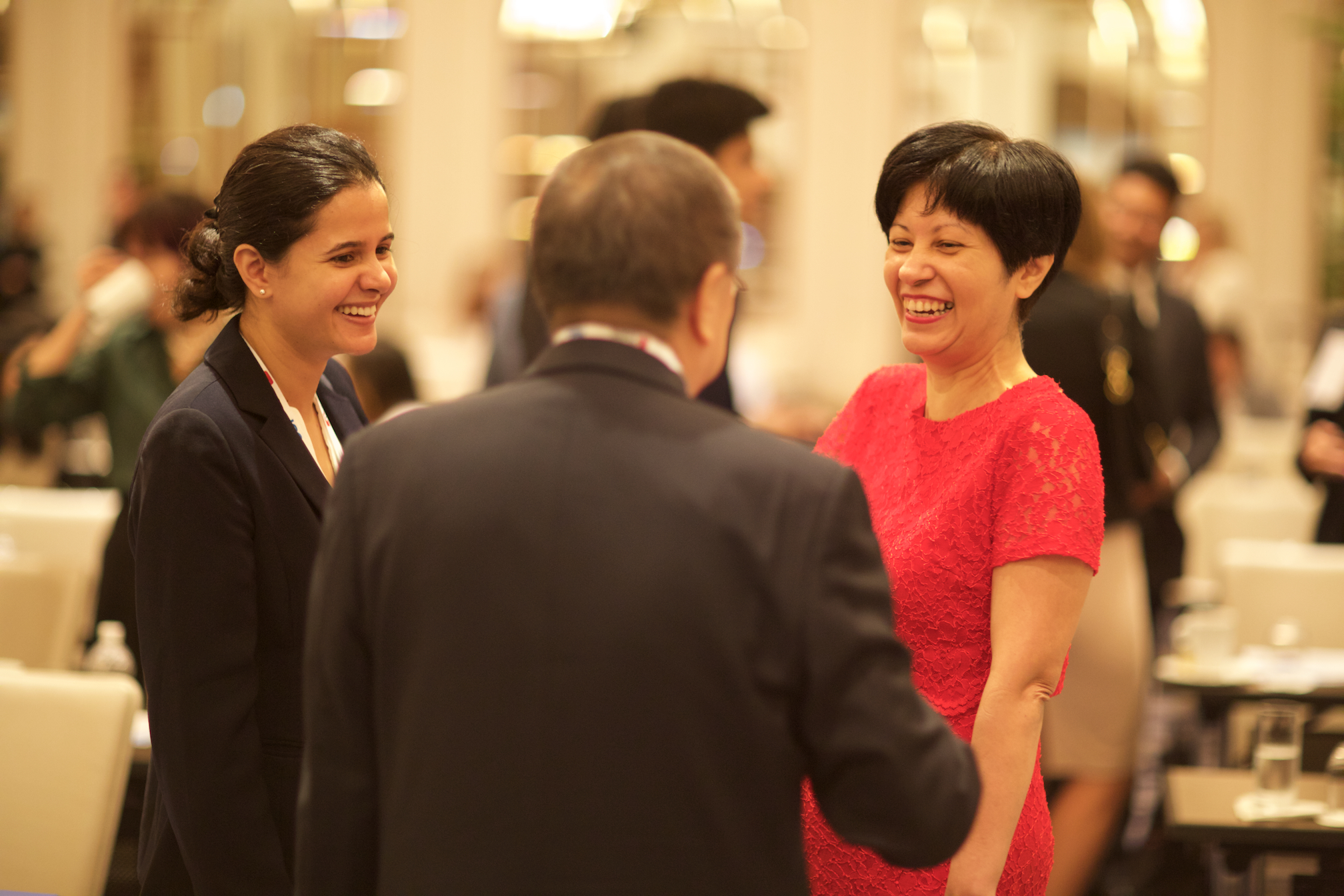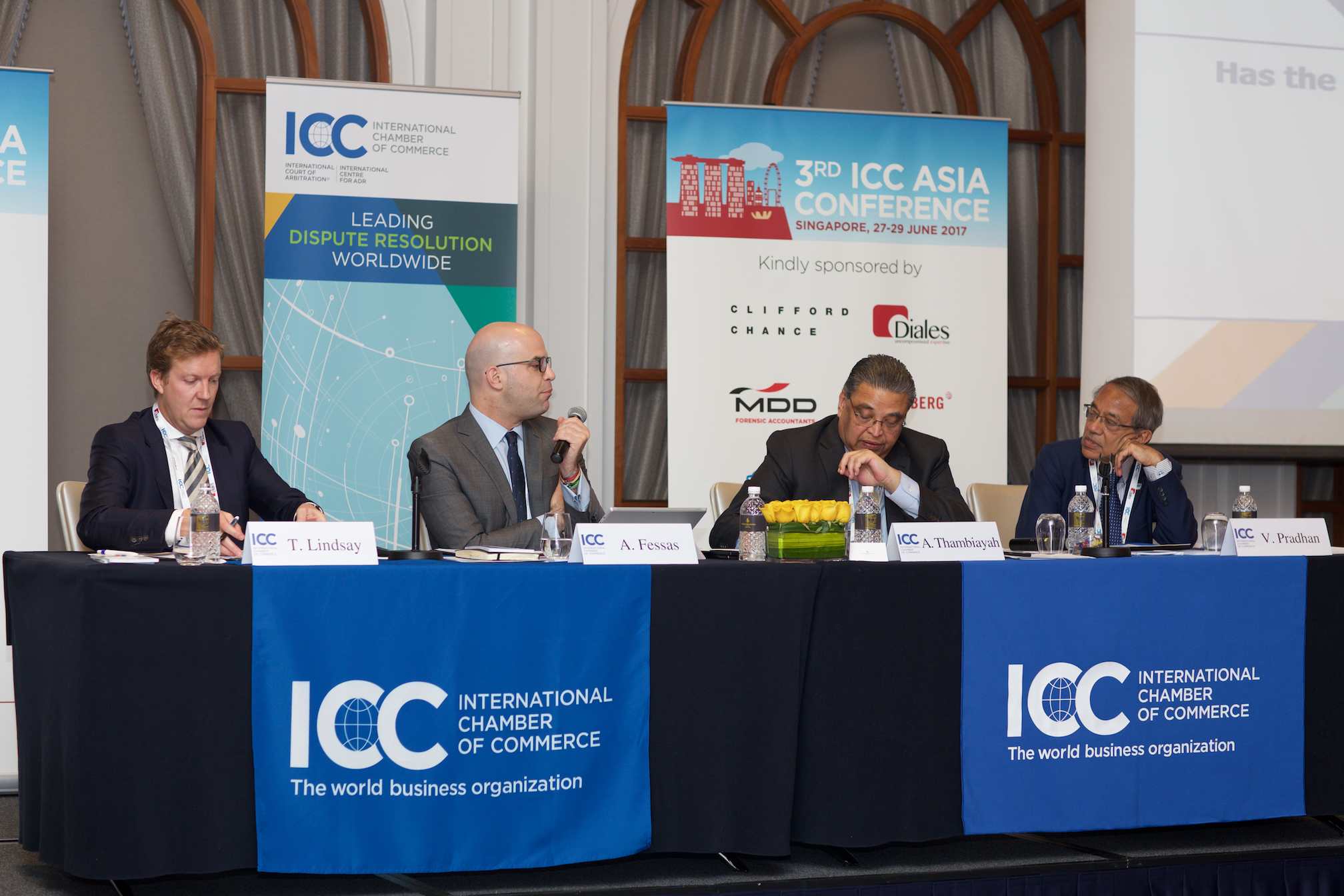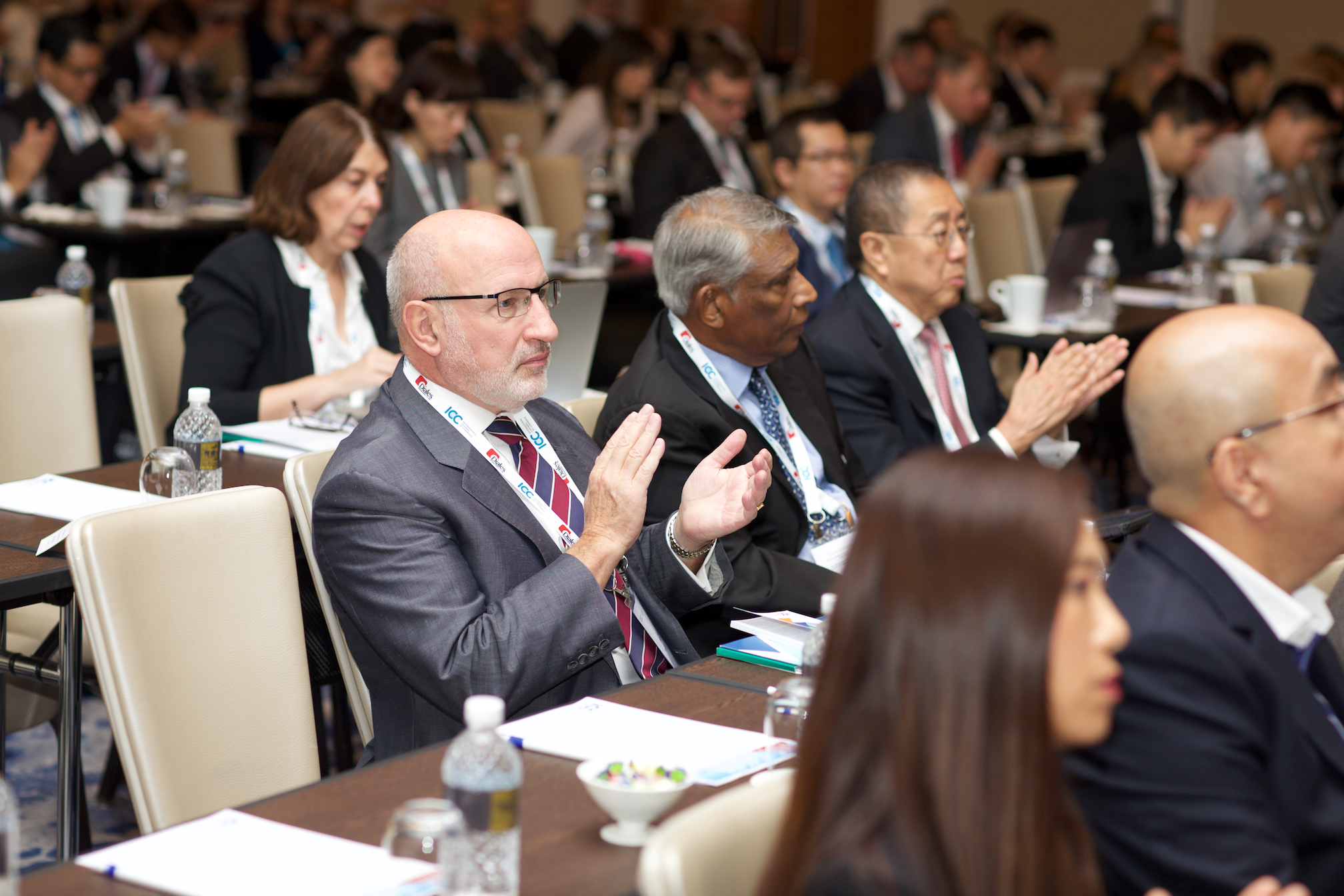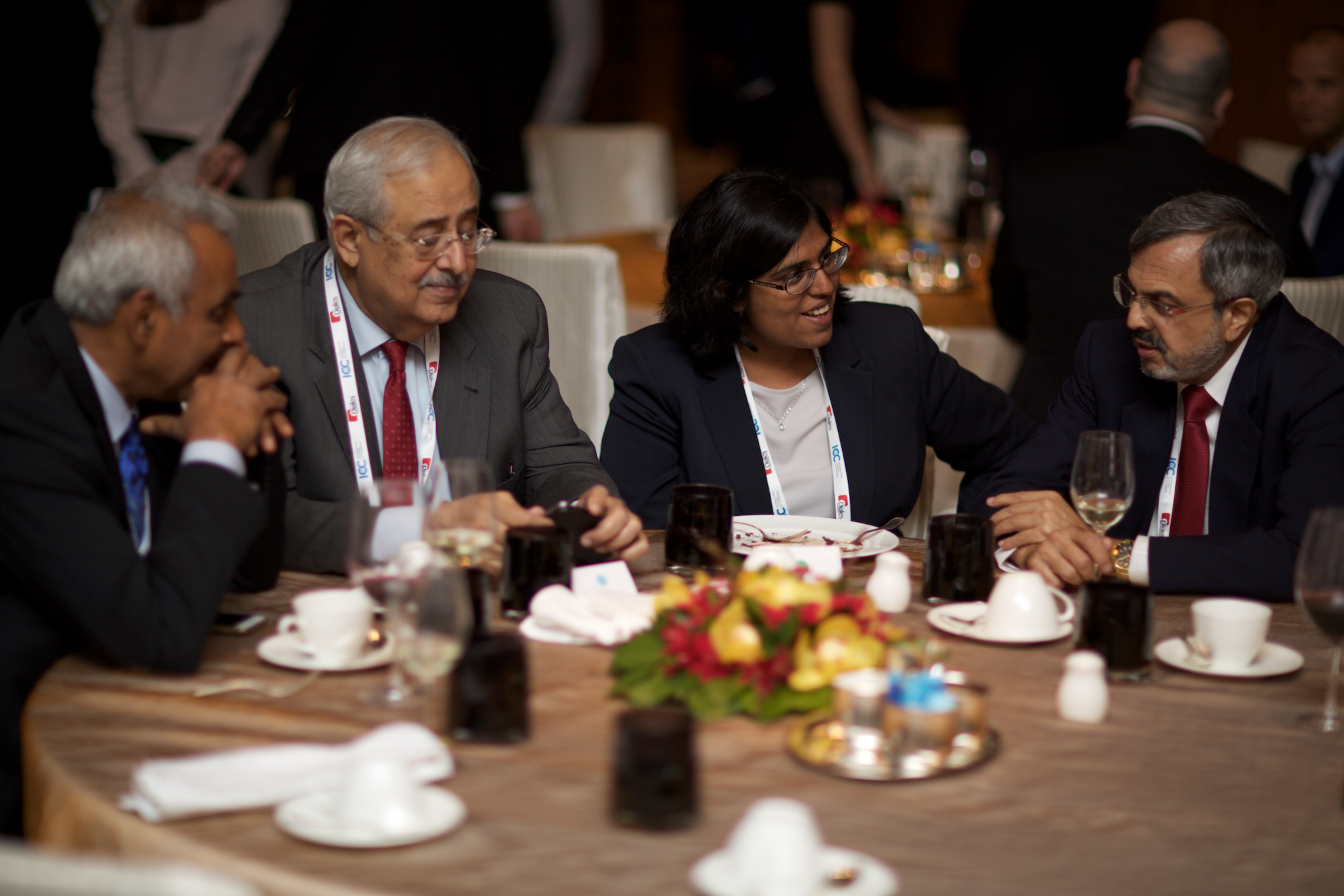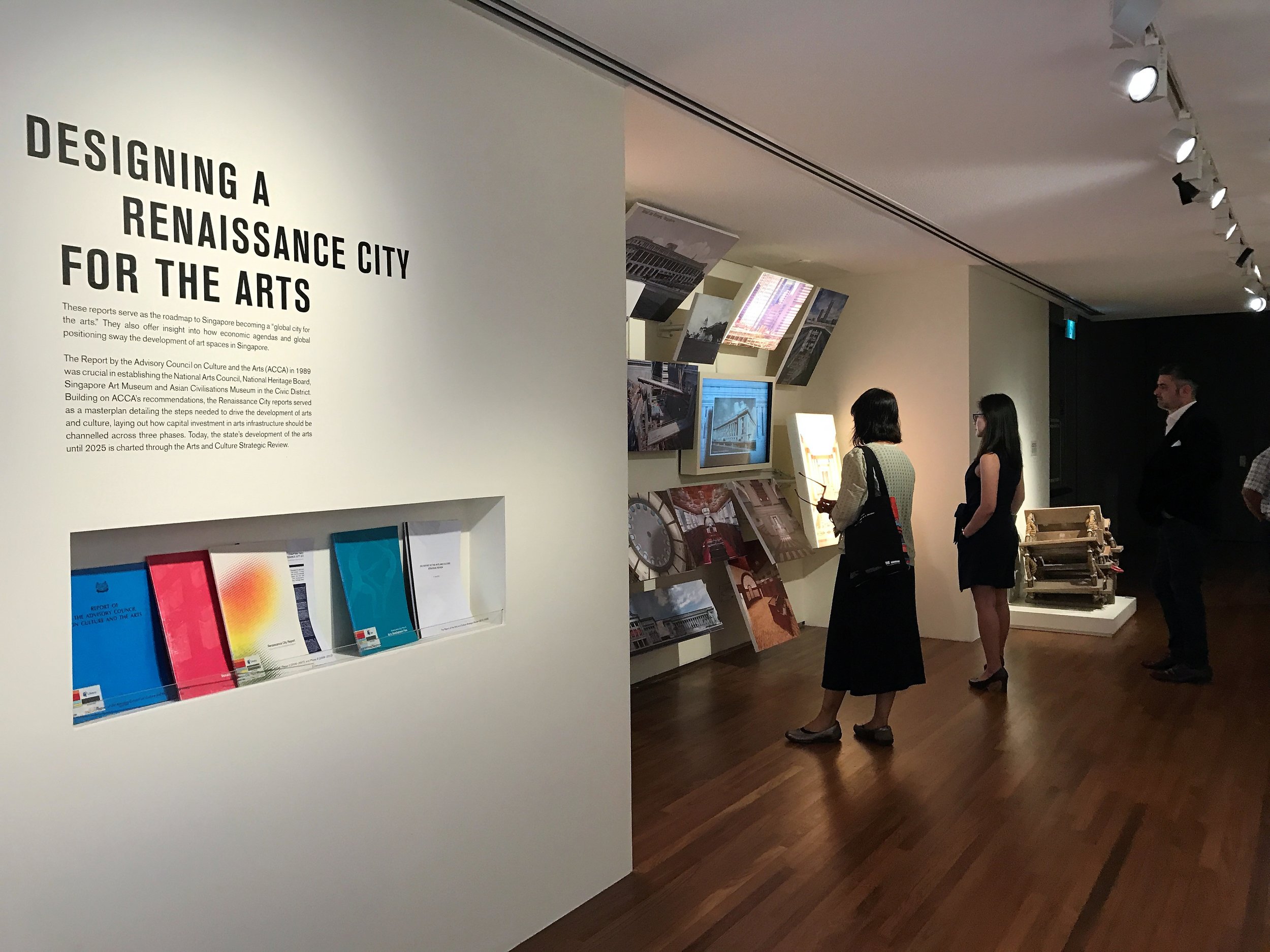A PDF copy of the article, along with its bibliography in full, is available for download here.
The Editors would also like to thank Mr. Sean Rafferty for his assistance and contibution, which have been significant in the course of editing this work.
Common Law Derivative Action in the Indonesian Company Act (No. 40 of 2007)
Novritsar Hasintongan Pakpahan*
I. INTRODUCTION
Provisions for derivative actions in the Indonesian Company Act1 (the “Act”) provide shareholders with a means to act on behalf of the company, which are additional to statutory derivative actions. While the aspect of acting on behalf of the company closely parallels common law derivative actions, existing legal translations of the Act do not sufficiently explain the concept. Misunderstanding is common since there is a difference between the legal systems under Indonesian civil law2 and the common law3 contained in the Act. Legal translation is therefore necessary to understand the implementation of the legal concept of common law derivative action. The Indonesian Government has yet to issue an official English translation of its Act. Accordingly, this study focuses on more popular, frequently-used, or credible translations to both laypersons and legal practitioners. It focuses on the three translations by the UNODC, Irma Devita, and Global Business Indonesia – which have been reflected on the top 5 results of Google search4 and Alexa5 as at July 2nd, 2017.
In a prior commentary referring to Jopek-Bosiacka, the author has stressed that legal translation is not merely a translation of legal texts between two different languages, but also translates at least two different legal systems.6 Since there is no specific legal translation technique exists,7 it is apposite to consider 6 translation techniques that are often applied by Indonesian legal translators. These are: literal translation, pure borrowing, naturalized borrowing, mixed borrowing, description, and expansion.8
II. LEGAL TRANSLATION OF COMMON LAW DERIVATIVE ACTION IN INDONESIAN COMPANY ACT
There are three translations of s 97(6) of the Act for the same phrase:
“Atas nama Perseroan, pemegang saham yang mewakili paling sedikit 1/10 (satu persepuluh) bagian dari jumlah seluruh saham dengan hak suara dapat mengajukan gugatan melalui pengadilan negeri terhadap anggota Direksi yang karena kesalahan atau kelalaiannya menimbulkan kerugian pada Perseroan”.9
A. The UNODC translation
The first translation by United Nations Office on Drugs and Crime (“UNODC”)10 applied literal translation throughout; this can be observed where the resultant translation maintains exactly the same sentence structure.11 For example, “…against members of Directors whose faults and negligence create damages…” is a word-for-word translation from “…terhadap anggota Direksi yang karena kesalahan atau kelalaiannya menimbulkan kerugian…” without any change towards the grammatical structure of the phrase.
However, for legal practitioners, literally translating phrases as above may cause confusion between common law derivative action and statutory derivative action. It is important to point out that there is significant difference between the two. The former is submitted by minority shareholders on behalf of the company and regulated at common law and equity, whereas the latter’s scope is ruled in a statute and wider than the former because it covers director’s duty to exercise reasonable care, skill, and diligence.12 The translation above is ambivalent as to whether a single shareholder who represents a minimum of one-tenth of entire shares is required, or whether several shareholders who represent the same proportion of shares must be gathered instead. Practitioners will be more uncertain about the separate requirements at common law and statute for submitting a derivative action on behalf of corporations.
Furthermore, the term ‘damages’ may be confused with another legal concept of ‘loss’; the former refers to compensation for damages caused, whereas the latter relates to the actual losses incurred by director of the corporations. The term ‘kerugian’, as mentioned by the Act, contained the concept of loss caused by the personal wrongdoings of director. Wilamarta even added that there should be compensation for such wrongdoings of a director as formulated in the Act.13 Therefore, the term ‘loss’, or specifically “loss caused by negligence”, would be best suited to translate the term ‘kerugian’ rather than ‘damages’ as regulated in the Act. Literal translation applied by the translator also confuses by converting “pemegang saham” into “shareholders” rather than “shareholder”, which leads the reader to assume that there must be several shareholders to allow any shareholder to submit a derivative action. It is important to note the use of “pemegang saham” in the plural form rather than singular form because it would be difficult and rare for a single shareholder to have 1/10 (one-tenth) of entire shares in reality. That is why the translators, lay persons, and legal practitioners do not really differ the singular or plural form of “pemegang saham” and would immediately assume “pemegang saham” in plural form instead of singular form. Hence, although the translation by UNODC can be considered generally sufficient for use, it is submitted that there is room for improvement to prevent these misunderstandings.
B. Irma Devita’s translation
The second translation by Irma Devita14 uses literal translation and explicitation. Firstly, the translator chose to use literal translation to translate half of the sentence. This choice of literal translation can be observed from the similar grammatical structure of the translation. For example, “…representing at least 1/10 (one tenth) of the total number of shares with voting rights may file suit…” is a literal translation from “…mewakili paling sedikit 1/10 (satu persepuluh) bagian dari jumlah seluruh saham dengan hak suara dapat mengajukan gugatan…”. Also, as observed in the UNODC translation above, Irma Devita prefers to use ‘shareholders’ to translate ‘pemegang saham’ rather than using only ‘shareholder’. This is similarly germane to confusion among legal practitioners regarding the minimum number of shareholders required to apply for derivative actions, which could be a shareholder or several shareholders as long as they represent 1/0 (one-tenth) of the entire shares with voting rights.
However, Irma Devita used explicitation to clarify the term ‘kerugian’. The term ‘kerugian’ has two possible literal interpretations in Indonesian which are separate legal concepts; it may refer either to damages caused by personal wrongdoing, or losses as a part of operational cost of a corporation. Accordingly, the phrase “… menimbulkan kerugian pada perusahaan…” has two literal translations, namely: “… create damages to a corporation” or “… create losses to a corporation”. Irma Devita chose to use the latter phrase referring to ‘losses’ so as to explicate the ambiguous translation of the term ‘kerugian’. This employment of explicitation adds information of the source-text which is implied in the text.15 Similarly in the next part of the sentence, Irma Devita’s translation maintains the reference to losses, and selects the phrase ‘… give rise to the losses…[emphasis added]”. This is likewise a form of explicitation: it accurately connotes that a member or director’s fault or negligence is more relevant for consequential losses caused by it, and not merely every loss suffered by the company. Companies may well incur losses as a result of technical operations, which are separate from those caused by their member or director. This translation not only shows that the translator has a strong understanding of a company’s technical operations, but is also more helpful for legal practitioners where it defines which losses they may bring a derivative action for the true requirement for derivative actions.
C. Global Business Guide Indonesia’s translation
The third translation by Global Business Guide Indonesia16 uses literal translation and modulation. The use of literal translation techniques can be observed where the first half of a sentence is translated word-for-word: “… representing at least 1/10 (one-tenth) from the total number of shares with voting right, may submit a claim to a District Court…” literally translates to “…mewakili paling sedikit 1/10 (satu persepuluh) bagian dari jumlah seluruh saham dengan hak suara dapat mengajukan gugatan melalui pengadilan negeri…”. Similar to the previous translators, Global Business Guide Indonesia chose to use ‘shareholders’ to translate ‘pemegang saham’ rather than using only ‘shareholder’. This literal translation may ease the work of translators easily without changing the essential meaning of the formulation of the section of the Act.
The difference, however, is that Global Business Guide Indonesia also employs modulation to translate this section. Modulation helps readers understand the extended meaning of the sentence’s concept by changing the point of view.17 This can be seen from the translation of “…terhadap anggota Direksi yang karena kesalahan atau kelalaiannya menimbulkan kerugian…” to “…against member of the Board of Directors which causes loss to the Company due to their fault or negligence.” In contrast, a literal translation such as that used by UNODC would be “…against members of Directors whose faults and negligence create damages…” Modulation here aids in understanding this concept by directly indicating the relevant party whose fault or negligence has caused loss. This translation of Global Business Guide Indonesia clarifies that it was the fault or negligence of a singular member of the Board of Directors, rather the fault or negligence of the entire Board.
D. General assessment across popular translations
A similarity found throughout the aforementioned three translations is the preference in translating ‘pemegang saham’ as ‘shareholders’ instead of ‘shareholder’. This choice of words likely arose of the translators’ practical consideration – that it would be absurd if a single shareholder was legally required to have such a large number of shares, even though the large number of shares would be some sort of investment for the shareholder and become equity for the company involved.18 To illustrate the point: Jakarta Post reported that the shares of highest valued company in Indonesia, Indocement Tunggal (“INTP”), would cost about Rp. 17,332 (equivalent to S$1,74096) per share out of Rp. 7.74 Trillion worth of sale.19 It showed how difficult it would be for a single shareholder to have 1/10 (one-tenth) of Rp. 7.74 Trillion as regulated in s 97 (6) of the Act.20 Furthermore, such a large purchase of shares must be paid-up in full without instalments under Article 22 of Indonesian Investment Coordinating Board (“BKPM”) Regulation Number 5 of 2013.21 Hence, although the term ‘pemegang saham’ is a singular noun contrary to its plural translation as ‘shareholders’, the translations above are nonetheless sensible. They reflect the practicalities of the Indonesian Companies Act as correctly understood by the translators.
However, none of the above translations sufficiently explain the nature of derivative actions in the Act. Notwithstanding their mention of minimum requirements to submit these actions, these translations do not clearly indicate that “derivative action” in Section 97(6) of the Act employs aspects of both statutory and common law derivative actions. This runs possible risks where legal practitioners, especially those accustomed to the Common Law legal system, may automatically assume that the derivative action in Indonesia refers to common law derivative action.22
E. Suggestions for improvement
All 3 translation techniques should therefore be used in translating Section 97 (6) of the Act (namely literal translation, modulation, and description). First, literal translation can be used to translate the phrase of “Atas nama Perseroan, pemegang saham yang mewakili paling sedikit 1/10 (satu persepuluh) bagian dari jumlah seluruh saham dengan hak suara…” into “On behalf of the Company, the shareholders representing at least 1/10 (one-tenth) from the total number of shares with voting rights…” similar to the translation by Global Business Guide Indonesia.23 This translation technique builds the fundamental understanding of the formulation of Section 97(6) since the literal meaning of the first phrase best captures the core of the legal concept of the legal requirements for legal subject to make claim or submission of derivative action.
On the other hand, the subsequent phrase would be more accurately translated via modulation: “…dapat mengajukan gugatan melalui pengadilan negeri terhadap anggota Direksi yang karena kesalahan atau kelalaiannya menimbulkan kerugian pada Perseroan”, can be translated into “…may submit a claim to a District Court against member of the Board of Directors which causes loss to the Company due to their fault or negligence”. Modulation here clarifies the identity of the subject whose fault or negligence causes the Company’s loss. This avoids ambiguity, and is preferable to a literal translation. With regards to applying Description as a translation technique, 2 possible applications are suggested. The first is to apply Description in the formulation of the section itself, where a description of the legal concept may be appended after the first phrase. (that is to say, “On behalf of the Company, …”) Descriptions attached here can elaborate on the similar requirements to be qualified for submitting a derivative law. For instance, the description may add “…, similar to common law derivative action that requires the minority shareholder to submit a claim on behalf of the company instead of their own personally”.
This additional description clarifies the kind of derivative action which a minority shareholder would need to submit under this section of the Act, although it may add to the section’s length. It is further recommended that such descriptions be supported by opinions from an expert in corporate law, and it would be sufficient if this source’s reference was indicated in the Explanation of the Act. The source need not be specified explicitly in the formulation itself, as noted by the term [learned textbook authors].24
Alternatively, Description can also be applied in the Explanation of each section of the Act. These Explanations supplement each section of the Indonesian Company Act, and are presently required to contain a legal norm, and be formulated in short and clear sentences as specified in Point 77 of The Annex of Regulations Act Number 12 of 201125. These rules are to maintain the clarity of legal norms in sections, but it is submitted that Descriptions can further elaborate on these legal concepts. An example for description translation technique applied in the explanation of an act is as follows:
“This section regulates derivative action that may be submitted by minority shareholders. The derivative action in this Act is similar to the common law derivative claim in the matter of submitting on behalf of the company, where the minority shareholder must have specific minimum requirement of shares and valid voting rights, and can only be submitted against breach of negligence. Although it is regulated in a statute, rather similar to statutory derivative action, derivative action in this section resembles the common law derivative action since it has same elements as common law derivative action referring to Dignam’s opinion (Dignam and Lowry, Company Law, 2012, p. 109)”.
III. CONCLUSION
Legal practitioners would be confused between the three translations mentioned above, especially if they have been accustomed to derivative actions at Common Law. Therefore, literal translation, modulation, and description translation techniques should be combined to create a proper legal translation of Section 97 (6) of the Act. This is necessary to provide both lay persons and legal practitioners a proper understanding and prevent confusion.
*Novritsar Hasintongan Pakpahan. Graduated as Law undergraduate of Airlangga University and English education undergraduate of Wijaya Kusuma University of Surabaya. Currently studying as a first-year student in Master of Law program in Faculty of Law of National University of Singapore specialising in Corporate and Financial Services in 2016/2017. All errors remain Novritsar’s own.
[1] No. 40 of 2007.
[2] Frank Tumbuan, “Two-Tier Board and Corporate Governance” (Pointers for discussion delivered at the One-Day Seminar on Capital Market and Corporate Governance Issues in Bali, Indonesia, 7 September 2005), p. 7-8.
[3] Susan Sarcevic, New Approach To Legal Translation (The Hague: Kluwer Law International, 1997), p. 67.
[4] Google Search Results, https://www.google.co.id/#q=indonesian+company+act+40+2007, accessed on July 2nd, 2017.
[5] Alexa Search Results, http://www.alexa.com/siteinfo/irmadevita.com; http://www.alexa.com/siteinfo/gbgindonesia.com; http://www.alexa.com/siteinfo/unodc.org, accessed on July 2nd, 2017.
[6] As previously argued by the author in Novritsar Hasintongan Pakpahan, English-Indonesian Translation Techniques Applied on Legal Terms in John Grisham’s ‘The Litigators’, The Novel (Bachelor of Education, Universitas Wijaya Kusuma, 2015) [unpublished], at p. 5
[7] Ibid, at p. 22.
[8] Ibid.
[9] Undang-Undang Nomor 40 Tahun 2007 Tentang Perseroan Terbatas, Lembaran Negara Republik Indonesia Tahun 2007 Nomor 106, Pasal 97(6).
[10] United Nations Office on Drugs and and Crime, Law of The Republic of Indonesia Number 40 Year 2007 Concerning Limited Liability Company.
[11] Fawcett explained that literal translation doesn’t make any change from the source-language to the target-language grammar, in Peter D. Fawcett, Translation and Language. Linguistic Theories (Great Britain, St. Jerome Publishing, 1997), at p. 36
[12] Alan Dignam and John Lowry, Company Law (Great Britain: Oxford University Press, 2012) at p. 202.
[13] Misahardi Wilamarta, Hak Pemegang Saham Minoritas dalam Rangka Good Corporate Governance (Jakarta, Fakultas Hukum Universitas Indonesia, 2002) at p. 306.
[14] Irma Devita, Law of The Republic of Indonesia Number 40 of 2007 Concerning Limited Liability Companies
[15] Lucia Molina and Amparo Hurtado Albir, Translaton Techniques Revisited: A Dynamic and Functionalist Approach (Barcelona: Meta XLVII , Universitat Autonoma de Barcelona, 2002), at p. 500
[16] Global Business Guide Indonesia, Law of The Republic of Indonesia Number 40 of 2007 Concerning Limited Liability Company.
[17] Supra note 11, at pp. 499-500.
[18] Shareholders must have at least 1/10 (one-tenth) from the total number of shares with voting rights, in Rudhi Prasetya, Teori & Praktik Perseroan Terbatas (Jakarta: Sinar Grafika, 2011), p. 26.
[19] Adam Rizky Nugroho, ‘Five Most Wanted Stocks for Foreign Investors’ in http://www.thejakartapost.com/news/2016/09/17/five-most-wanted-stocks-for-foreign-investors.html, accessed on October 18th, 2017.
[20] Supra note 9.
[21] Peraturan Kepala Badan Koordinasi Penanaman Modal Republik Indonesia Nomor 5 Tahun 2013 tentang Pedoman dan Tata Cara Perizinan dan Nonperizinan Penanaman Modal.
[22] Supra note 3.
[23] Supra note 12.
[24] Supra note 4 at p. 190.
[25] Lampiran Undang-Undang Pembentukan Peraturan Perundangan-Undangan Tahun 2011.



